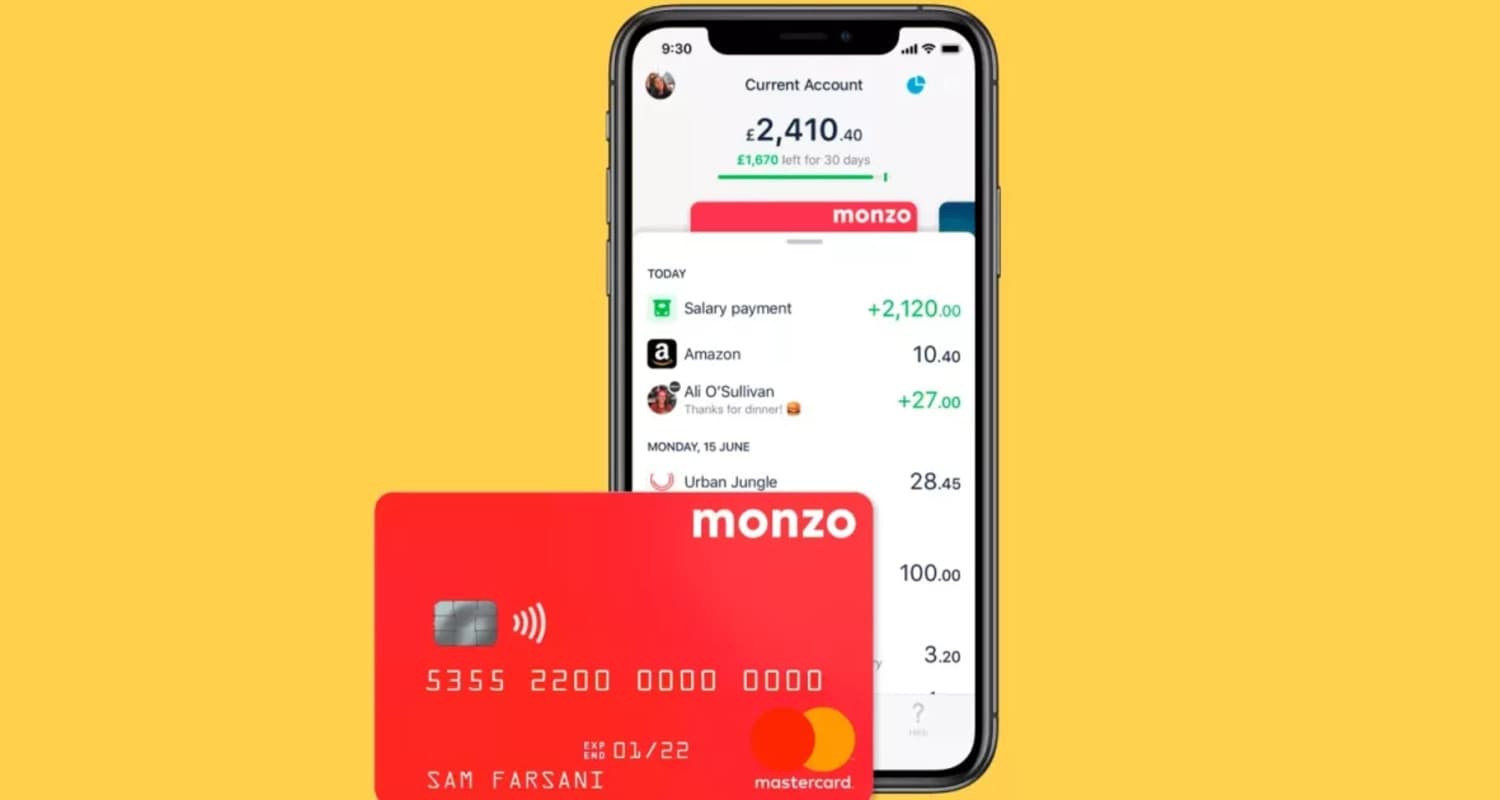Case StudyStream Team: Designing The System - Planning Agile Architecture for Enhanced Agility
Monzo Bank, a digital bank known for its innovative approach to financial services, faced challenges in maintaining agility and scalability within its system architecture. As the company grew, the existing architecture struggled to keep up with the rapid pace of change and the increasing demand for new features and services. The need for a more flexible and responsive architectural framework became apparent to support continuous innovation and customer-centric development.

The Solution
Monzo Bank embarked on a comprehensive initiative to plan and implement an agile architecture. The key components of their approach included:
- Microservices Architecture: Monzo adopted a microservices architecture to break down the system into smaller, independent services. This approach allowed for greater flexibility and scalability, enabling teams to develop, deploy, and manage services independently.
- Domain-Driven Design (DDD): The bank utilized DDD principles to align the architecture with business domains. This alignment ensured that the architecture closely mirrored the business structure, facilitating better communication and understanding between technical and business teams.
- Event-Driven Architecture: Monzo implemented an event-driven architecture to enhance responsiveness and real-time processing capabilities. This architecture allowed the system to react to events as they occurred, improving the overall agility of the platform.
- Continuous Integration/Continuous Deployment (CI/CD): The bank integrated CI/CD pipelines to automate the build, test, and deployment processes. This automation reduced the time required to release new features and ensured that the system remained stable and reliable.
- Cross-Functional Teams: Monzo formed cross-functional teams comprising developers, architects, and business analysts. These teams were empowered to make decisions and take ownership of their respective services, fostering a culture of collaboration and accountability.
Outcomes achieved
The implementation of an agile architecture at Monzo Bank led to several significant outcomes:
- Enhanced Agility and Responsiveness: The microservices and event-driven architecture enabled Monzo to respond quickly to changes in the market and customer demands. New features and services could be developed and deployed rapidly, maintaining the bank's competitive edge.
- Scalability and Flexibility: The modular nature of the microservices architecture provided the flexibility to scale individual services as needed. This scalability ensured that the system could handle increasing loads and adapt to future growth.
- Improved Collaboration and Efficiency: Cross-functional teams and the alignment of architecture with business domains improved communication and collaboration. This alignment resulted in more efficient development processes and better alignment between technical and business objectives.
- Higher Reliability and Stability: The CI/CD pipelines and automated testing ensured that new releases were thoroughly tested and stable before deployment. This reliability reduced downtime and improved the overall user experience.
- Cost Savings: The agile architecture reduced operational costs by streamlining development and deployment processes. The ability to quickly adapt to changes and scale efficiently also contributed to long-term cost savings.
